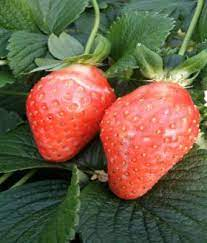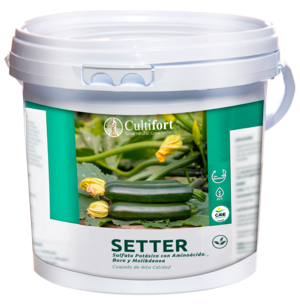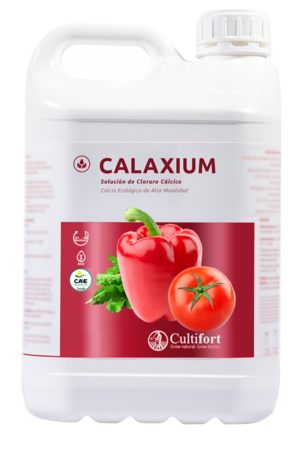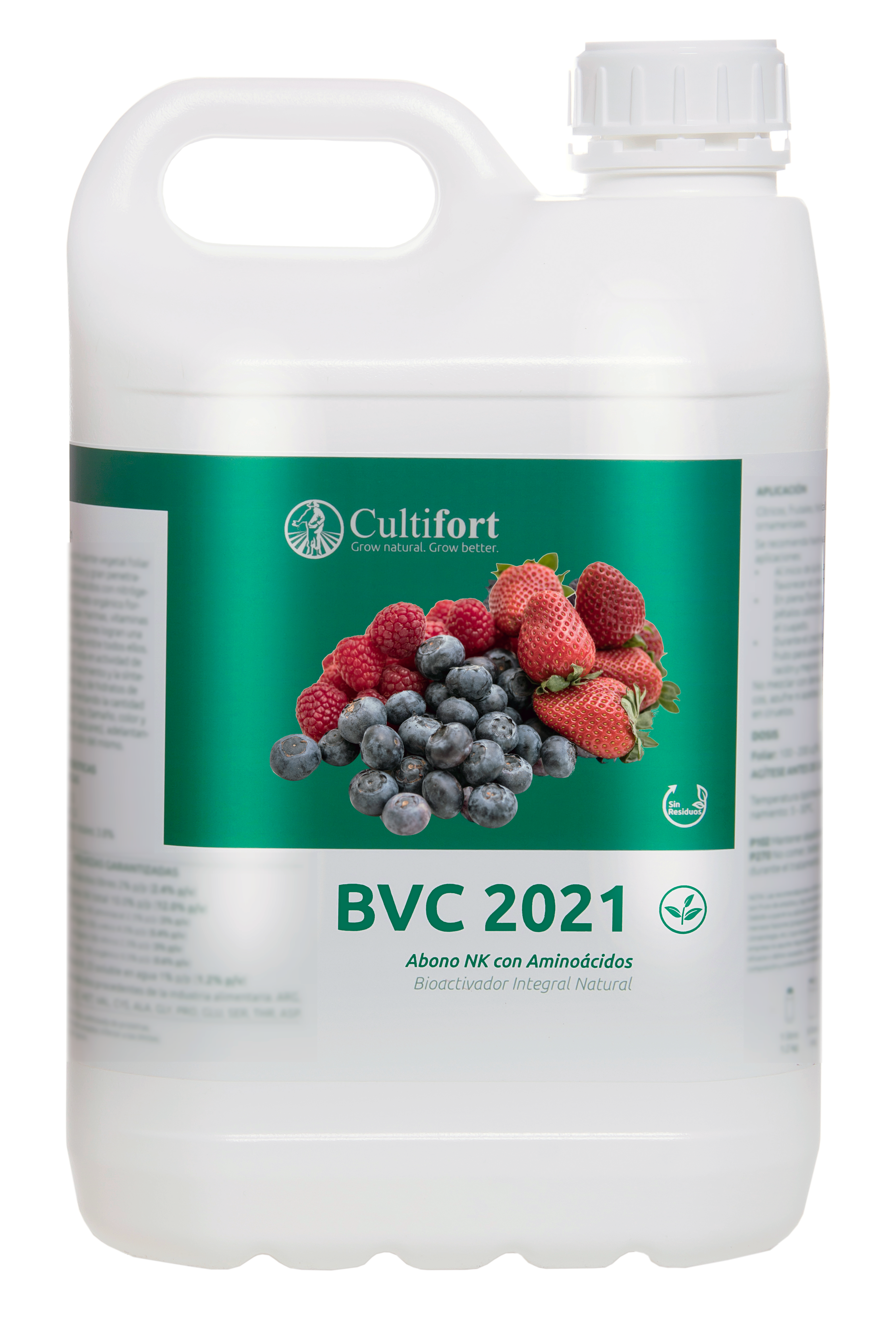The “cracking” in strawberries occurs as a common physiological disorder. Its origin is often attributed to environmental conditions associated with low temperatures and high relative humidity. Focusing on these conditions, we could say that the root cause is the formation of intracellular ice microcrystals, which is more common, logically, in winter months. The problem can be exacerbated if there are constant fluctuations in these two variables, making it crucial to provide a stable environment for the crop during its growth phase.
In this regard, we will centralize, from our expertise, proper nutrient management:
Calcium: Crucial for the development and strength of the cell wall. Adequate levels can help reduce fruit cracking.
Potassium: Involved in osmoregulation, assisting cells in retaining water. Adequate levels can contribute to improving fruit quality and reducing the risk of cracking by enhancing osmoregulation of elements such as:
- Organic acids
- Simple sugars
- Amino acids
- Polyols (alcoholic sugars)
In addressing this, Cultifort recommends maintaining an optimal balance between hydration, nutritional balance, and sustainable practices or biostimulation of the health status. It’s important to note that cracked or split fruit can serve as an entry point for pests and diseases. To minimize this risk, it is crucial to apply proper management practices, including pest control measures and disease prevention strategies. Specific recommendations may vary depending on local conditions, strawberry varieties, and other factors, so consulting with local agricultural extension services or horticulturists can provide tailored advice. Additionally, staying informed about the latest research in strawberry cultivation can help apply best practices to address this issue.
formulation and its strengthening effect on the flowering and production of various crops. Specifically, in multiple flowering crops whose setting and fattening phases overlap, such as tomatoes, peppers, eggplants, zucchinis, cucumbers, beans, and strawberries.
SETTER is a molybdenum solution enriched with assimilable potassium and 100% active L-α-amino acids. This combination enhances pollen fertility, promoting flower fertilization and proper setting and fruiting development, thus favoring fruit development and fattening during the fruiting phase. It is crucial to highlight that molybdenum deficiency can lead to poor and late flowering, as well as lower pollen viability. In this sense, molybdenum plays a crucial role in the synthesis and activation of the enzyme nitrate reductase, improving juice content and fruit quality. Additionally, it promotes pollen formation, iron absorption, and translocation in plants, and contributes to converting inorganic phosphorus into its organic form within the plant.
Furthermore, CALAXIUM is a concentrated calcium solution stabilized with the CEVETAL X2 complex, formulated with gluconate and polysaccharides, which also acts as a chelator, facilitating its assimilation and translocation in the plant. Thanks to the effect of the CEVETAL X2 complex, calcium is effectively transported from the root to the plant’s storage organs.
Lastly, BVC 2021 is presented as a biostimulant with the combined action of specifically selected amino acids, nitrogen, and polyol sugars, to have a versatile impact on different phenological phases, promoting the aut synthesis of NATURAL SUBSTANCES (proteins, peptides, amino acids, phytohormones…) AND IMPROVING THE PROFILES OF ACTIVE SUBSTANCES (polyphenols, essential oils, alkaloids, vitamins, organic acids…).

In conclusion, addressing strawberry cracking and strengthening production requires a comprehensive approach that includes optimal nutrient management, proper pest and disease control practices, as well as the strategic use of formulations such as Setter. Staying updated with the latest research in agriculture will ensure the application of best practices to optimize strawberry cultivation and maximize yield over time.
Want to know more about strawberries: click here




